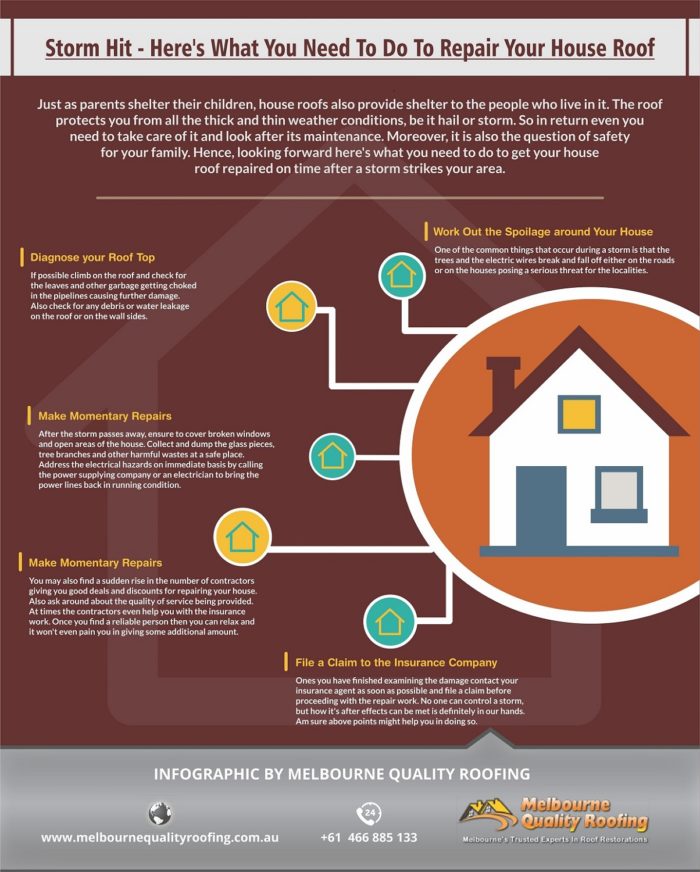Understanding Climate'S Result On Roof Installation: Key Seasons And Conditions For A Successful Job
Understanding Climate'S Result On Roof Installation: Key Seasons And Conditions For A Successful Job
Blog Article
Web Content Created By-Bennett Dyhr
When it comes to roofing setups, the weather condition can make or damage the job. Visualize the frustration of handling materials that won't coordinate because of severe warm or fighting unsafe surfaces triggered by unanticipated rainfall. Recognizing the impact of weather on your roofing job is important for an effective end result. So, let's explore just how different climate elements can affect the top quality and toughness of your roof covering installation, making certain a task well done.
Influence of Temperature on Roofing System Installment
When it comes to roofing setup, temperature level plays an essential duty at the same time. The optimal temperature for roof jobs typically drops in between 45 and 85 degrees Fahrenheit. Extreme warm can trigger materials like shingles to become as well flexible, leading to possible damage during setup. On the other hand, cool temperature levels can make materials brittle and prone to fracturing. It is essential to arrange roof covering setups during modest temperatures to make certain the best outcome.
During colder weather condition, specialists might need to take extra safety measures such as making use of warmed tools or enabling materials to heat up prior to installment.
On the other hand, heat might need work to be done earlier or later on in the day to stay clear of the peak temperatures. By considering the temperature level and its results on roof covering products, you can assist make certain a successful setup that will certainly endure the components for many years to come.
Result of Precipitation on Roof Projects
Roof covering tasks can be dramatically influenced by precipitation, affecting both the timeline and the quality of the installation. Rainfall or snow can create unsafe conditions, making it dangerous for roofing contractors to work with a wet surface. In addition, wetness can compromise the bond of materials like tiles or underlayment, causing prospective leakages or damages in the future.
If it rainfalls during a roof covering project, the water can leak right into susceptible locations, causing delays as the installation team have to wait on the roofing system to dry prior to continuing. Extreme wetness can also promote the development of mold and mold, more threatening the stability of the roof.
To prevent these problems, it's advised to arrange roof covering jobs during drier periods or monitor the weather prediction closely to intend about any type of possible rainstorms. By taking precautions to operate in favorable weather conditions, you can make certain a smoother and more successful roofing system setup procedure.
Influence of Wind Speed on Setup Success
Throughout roofing installment, the speed of the wind plays a crucial role in identifying the success of the task. High wind speeds can posture considerable challenges to roofers, possibly bring about security risks and high quality concerns. When visit this backlink exceed advised limits, it becomes hard to manage materials, increasing the danger of accidents and damage to the roofing materials. Strong gusts can likewise influence the accuracy of measurements and the precision needed for proper installation.
To make certain an effective roofing system setup, it's important to check and think about wind rates. Preferably, roof installation should happen on days with low to moderate wind speeds. https://commercial-roofing62849.blog-kids.com/30056489/start-your-path-to-guarding-your-home-by-getting-the-expertise-needed-to-execute-an-extensive-roof-covering-evaluation-which-is-essential-for-protecting-against-expensive-repair-services of the employees but likewise improves the total top quality of the installment.
Read Alot more arranged during tranquil weather are more likely to be finished efficiently and with less mistakes. By paying attention to wind rate projections and planning as necessary, you can help make sure a smooth and effective roof covering setup procedure.
Conclusion
So, when it concerns roofing system installation, bear in mind to think about the weather conditions to guarantee a successful work. Ideal temperatures, dry conditions, and modest wind speeds are crucial variables to prioritize for a smooth installation process. By scheduling your task during the very best periods and suitable weather, you can attain a long lasting and lasting roofing system that will protect your home for years ahead.
